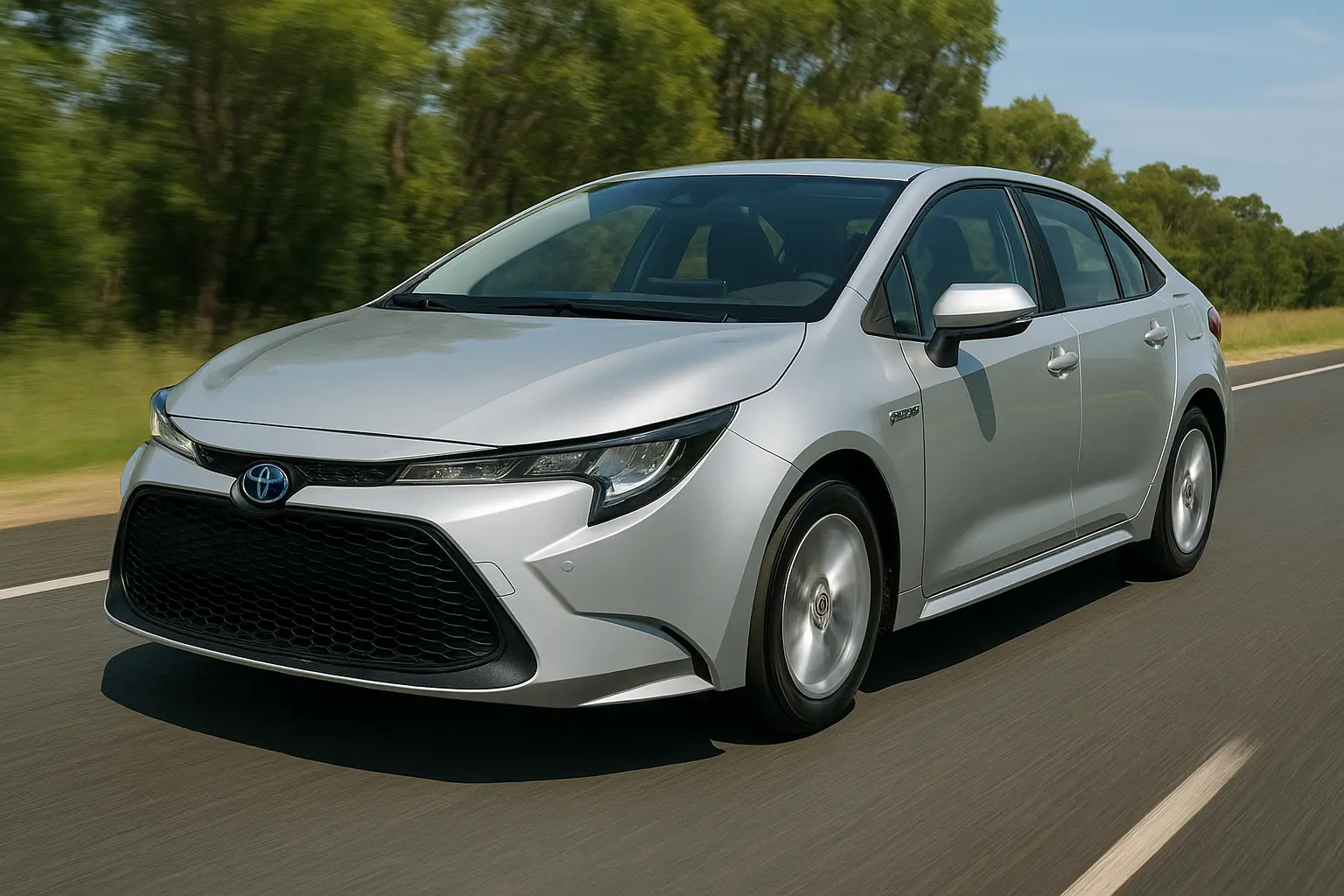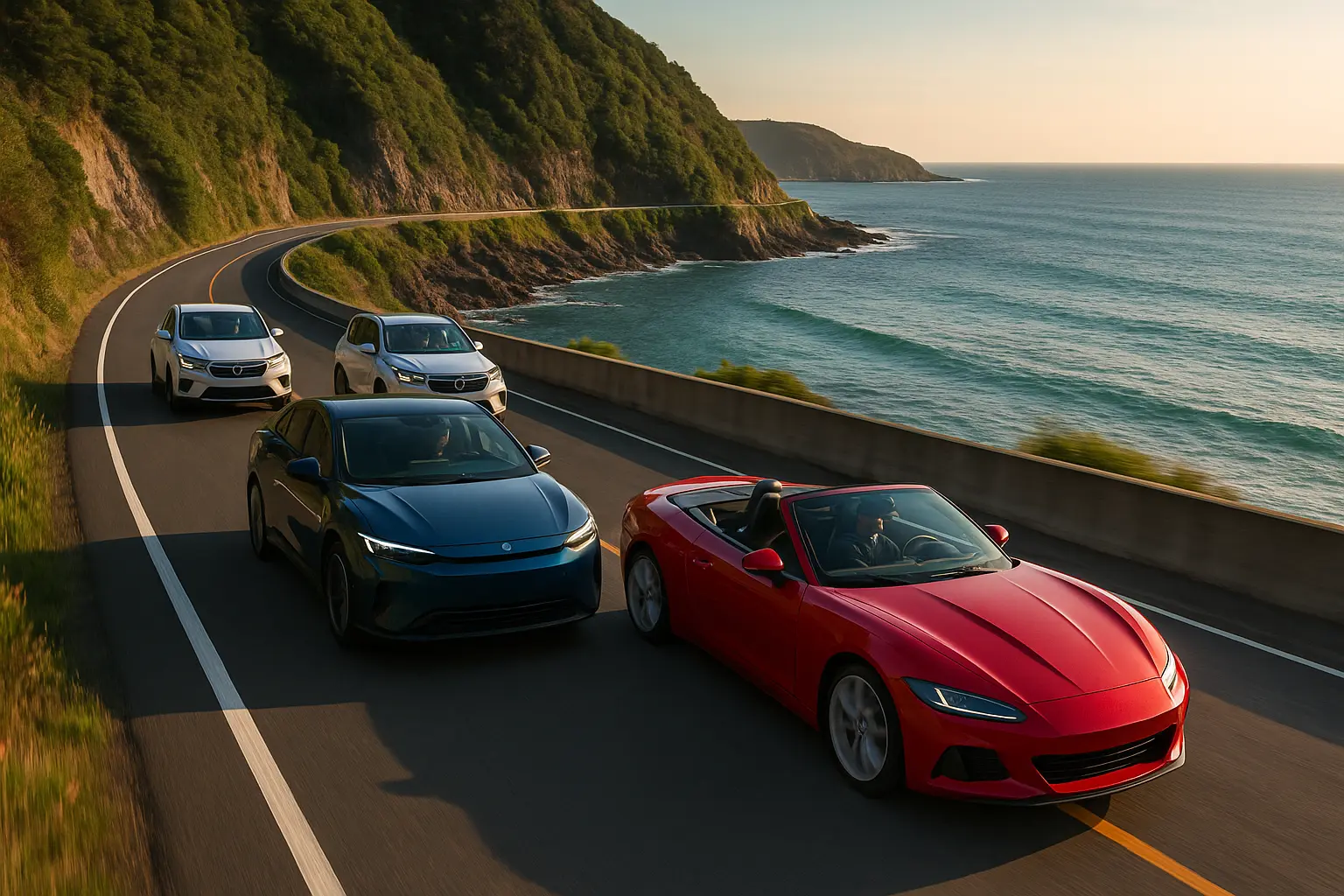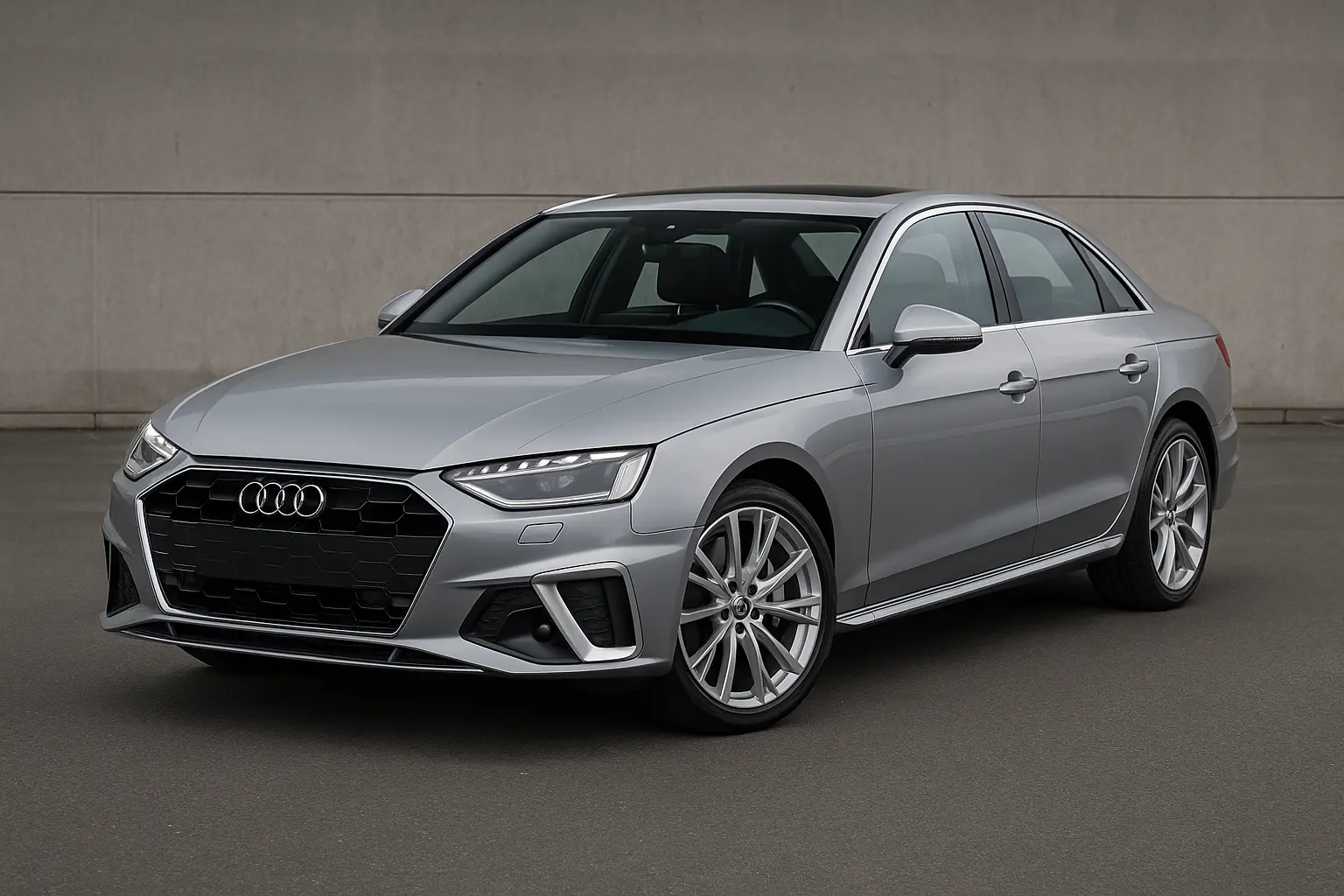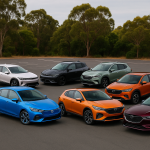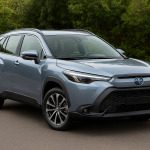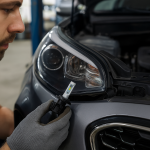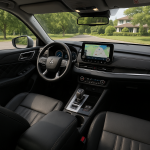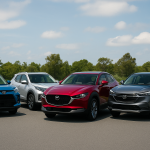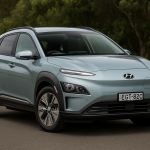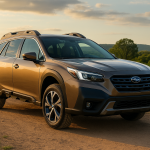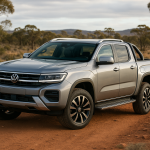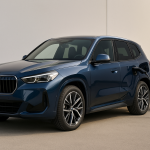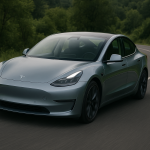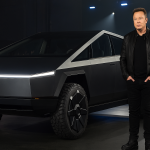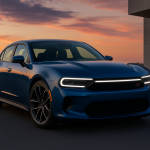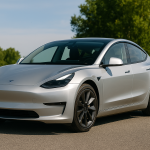Fuel prices in Australia remain unpredictable, making fuel economy one of the top considerations for car buyers in 2025. Whether you’re commuting daily, driving long highway stretches, or looking for a reliable family car, choosing a vehicle with great mileage means more money in your pocket and fewer stops at the bowser.
This guide explores the best fuel economy cars in Australia, covering everything from budget-friendly hatchbacks and efficient sedans to hybrid SUVs and small crossovers. We’ll break down their fuel ratings, highlight the key features, and explain why they stand out in today’s competitive market.
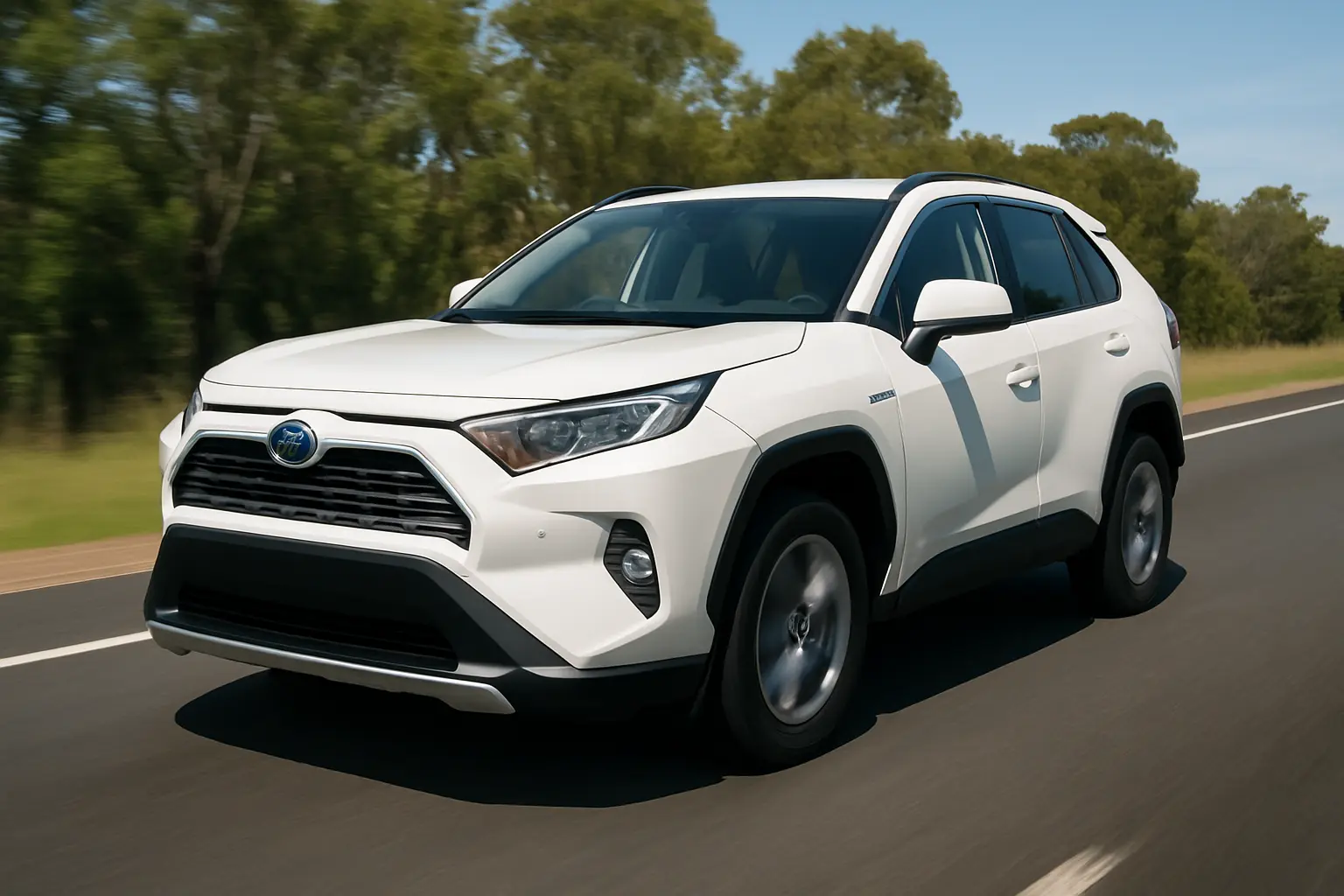
Why Fuel Economy Matters More Than Ever
Rising Petrol Prices
Australian petrol prices have remained volatile, with global oil markets influencing local costs. For families and commuters, this makes owning a fuel-efficient car a smart long-term financial decision.
Environmental Awareness
Fuel economy isn’t just about cost savings. Efficient petrol cars and hybrids also help reduce emissions, aligning with Australia’s push for greener transport options.
Broader Vehicle Choices
Unlike a decade ago, buyers now enjoy a wide variety of fuel-efficient models — from tiny hatchbacks to mid-sized SUVs and advanced hybrid sedans.
Key Factors Affecting Fuel Economy
- Engine size and design: Smaller displacement engines with turbocharging can outperform older naturally aspirated motors.
- Hybrid systems: Combining petrol engines with electric motors drastically cuts fuel use, especially in city driving.
- Transmission type: Modern CVTs (continuously variable transmissions) are often tuned for efficiency.
- Weight and aerodynamics: Lighter cars with sleek designs consume less energy.
- Driving conditions: Stop-start city traffic versus steady highway cruising changes fuel figures significantly.
Best Fuel Economy Hatchbacks in Australia
Hatchbacks remain the champions of affordable efficiency. Compact dimensions, lightweight builds, and smaller engines make them ideal for city dwellers.
Toyota Corolla Hybrid Hatch
- Fuel Use: Around 4.2L/100km combined
- Why It’s Great: The Corolla Hybrid blends Toyota’s bulletproof reliability with hybrid efficiency. The compact hatch is perfect for urban commutes, offering smooth CVT operation and strong resale value.
Hyundai i30 Hatch
- Fuel Use: 5.7L/100km (petrol variants)
- Why It’s Great: A popular choice for Australians, the i30 combines modern features, safety tech, and competitive running costs. It’s a balance of affordability and efficiency.
Mazda 3 Hatch
- Fuel Use: 6.3L/100km combined
- Why It’s Great: Stylish, sporty, yet efficient, the Mazda 3 is a top pick for drivers who want a fun hatch without sacrificing too much at the petrol pump.
Fuel-Efficient Sedans
Sedans often deliver better fuel economy than SUVs, thanks to aerodynamics and lighter weight.
Toyota Camry Hybrid
- Fuel Use: 4.5L/100km
- Why It’s Great: The Camry Hybrid has been Australia’s family favourite for decades. Its spacious cabin and reliable hybrid tech make it the go-to option for efficiency and comfort.
Honda Civic Sedan
- Fuel Use: 6.3L/100km
- Why It’s Great: The 2025 Civic brings sharp styling, advanced safety, and decent mileage. It’s popular among younger buyers who want efficiency with a premium edge.
Kia Cerato Sedan
- Fuel Use: 6.8L/100km
- Why It’s Great: With sharp pricing and long warranty, the Cerato is a budget-friendly sedan that still delivers good mileage and practicality.
Fuel-Efficient SUVs
SUVs dominate Australian roads, and manufacturers have made huge strides in making them more fuel-friendly.
Toyota RAV4 Hybrid
- Fuel Use: 4.7L/100km
- Why It’s Great: The RAV4 Hybrid is one of Australia’s top-selling cars for good reason. It blends practicality, efficiency, and resale value while handling city and highway driving with ease.
Mazda CX-5
- Fuel Use: 6.9L/100km (petrol)
- Why It’s Great: Known for driving dynamics, the CX-5 delivers solid efficiency in the mid-sized SUV space, with a stylish interior to match.
Hyundai Tucson Hybrid
- Fuel Use: 5.1L/100km
- Why It’s Great: A newcomer in hybrid SUVs, the Tucson offers plenty of tech, comfort, and fuel savings for families.
Best Budget Fuel-Saving Cars
Not everyone wants hybrids or pricier SUVs. For those sticking to budget, these cars provide strong mileage without breaking the bank.
- Suzuki Swift – Around 4.8L/100km, one of the cheapest and lightest fuel-savers.
- Kia Picanto – At 5.0L/100km, this micro car is ideal for inner-city drivers.
- MG3 – A budget hatch with competitive fuel ratings around 6.5L/100km and a low entry price.
Petrol vs. Hybrid vs. Electric: Fuel Economy Showdown
While EVs are gaining traction, many Australians still rely on petrol cars. Hybrids offer the sweet spot — reducing fuel costs without range anxiety.
- Petrol Cars: Generally cheaper to buy, but rising fuel prices impact running costs.
- Hybrid Cars: Higher upfront price, but massive savings in city fuel use.
- EVs: Zero petrol use, but charging infrastructure and price still limit adoption.
Real-World Fuel Savings: How Much Can You Save?
Let’s consider a driver who travels 15,000km annually:
- Traditional sedan (7.5L/100km): ~1,125 litres/year
- Hybrid SUV (4.7L/100km): ~705 litres/year
- Savings: Around 420 litres of fuel, which at $2 per litre equals $840 saved annually.
Over five years, that’s more than $4,000 in savings — enough to offset the hybrid price premium.
Tips to Maximise Fuel Efficiency
Even the best mileage car won’t save you money if it’s driven inefficiently.
- Keep tyres properly inflated.
- Avoid excessive idling.
- Use cruise control on highways.
- Remove unnecessary weight and roof racks.
- Stick to regular servicing.
Future of Fuel-Efficient Cars in Australia
Manufacturers are increasingly offering hybrid and plug-in hybrid options in 2025, while petrol engines are tuned for efficiency. Expect more mild hybrid technology in mainstream cars, plus new models designed specifically with fuel-savings in mind.
Australia’s clean energy policies will also push brands to bring more eco-friendly options, ensuring buyers have plenty of efficient choices across every budget.
Final Thoughts
Australia’s car market in 2025 makes it easier than ever to save on petrol without compromising on comfort, performance, or style. Whether you’re looking at compact hatchbacks, mid-sized sedans, or practical hybrid SUVs, there are multiple options that deliver excellent fuel economy.
Choosing wisely means not only saving money at the bowser but also contributing to a greener, more sustainable driving future.
Leave a comment
Your email address will not be published. Required fields are marked *


